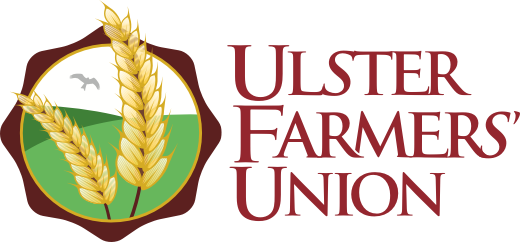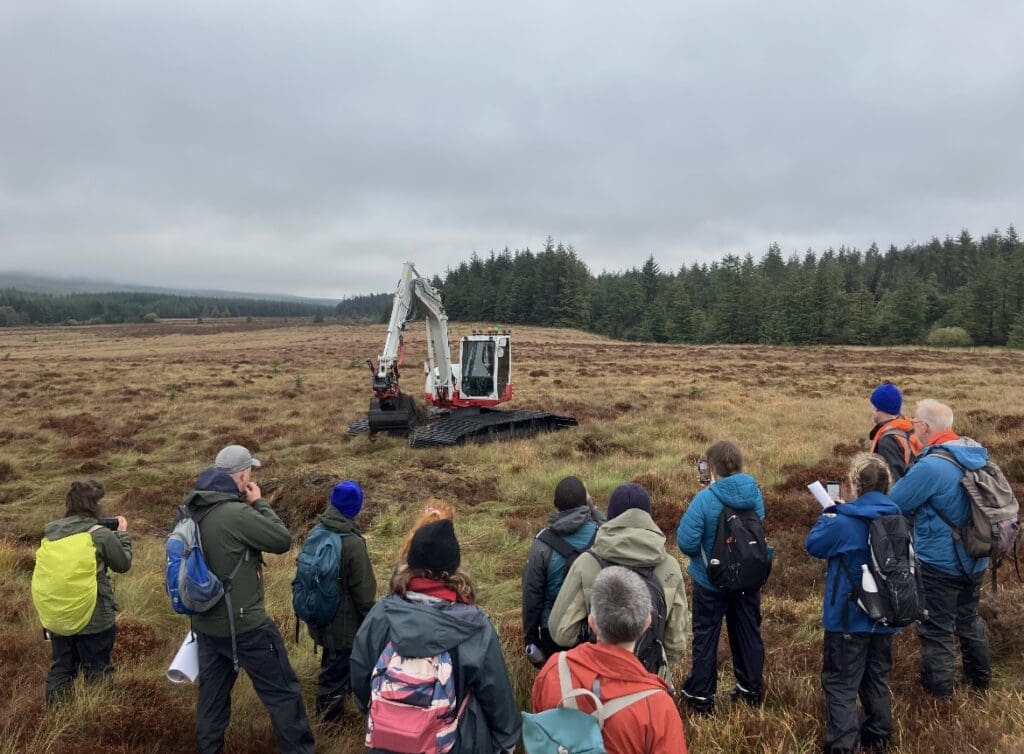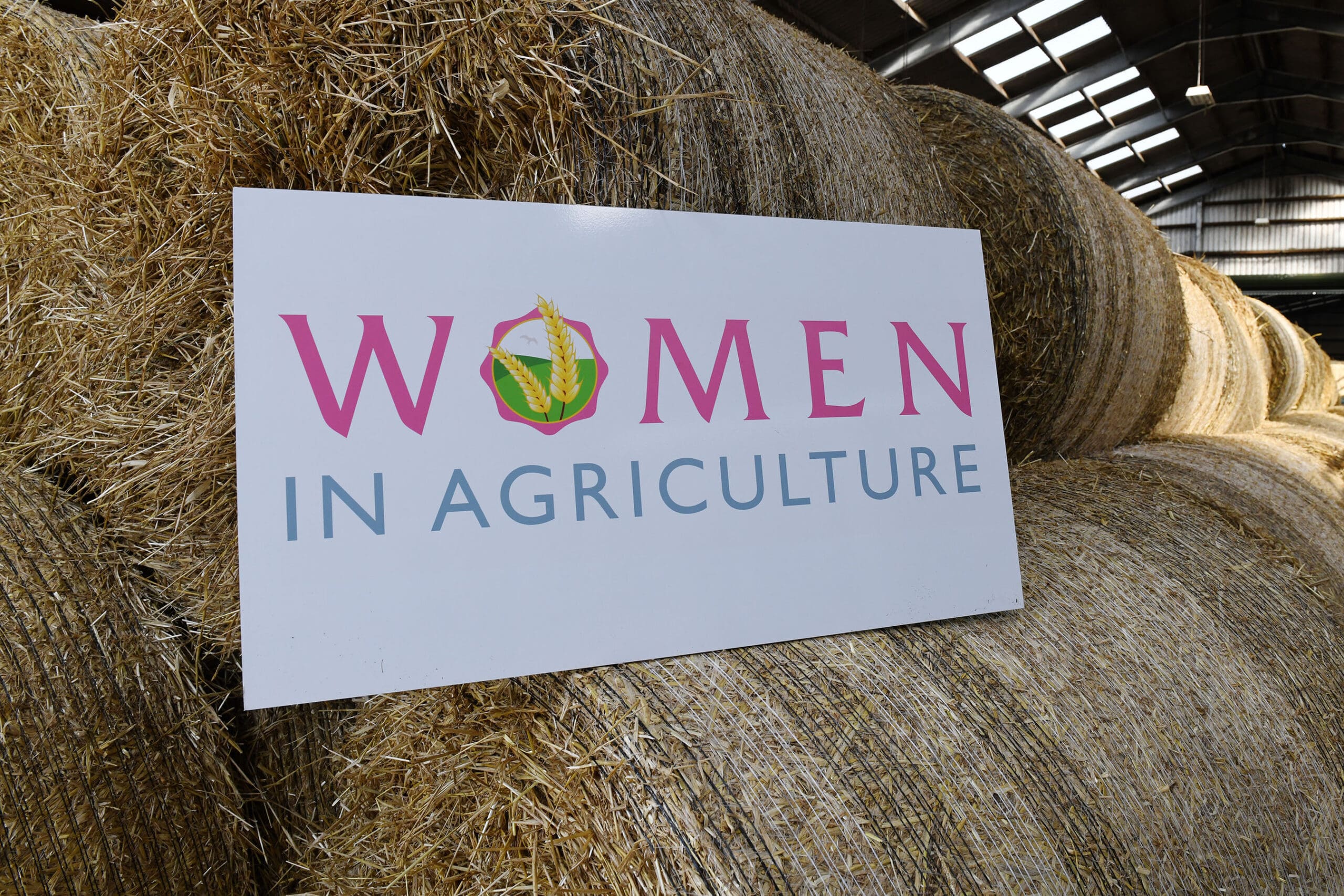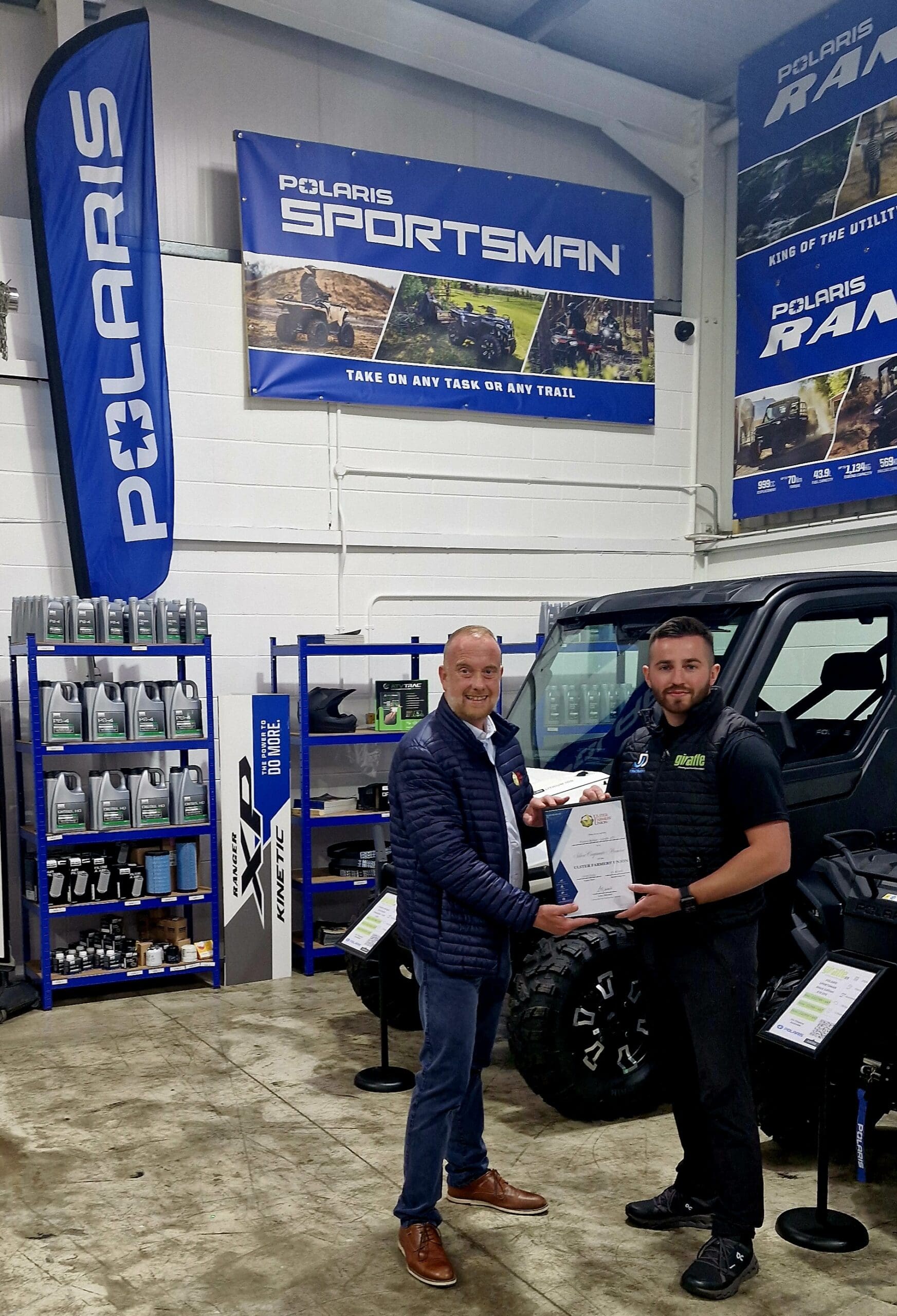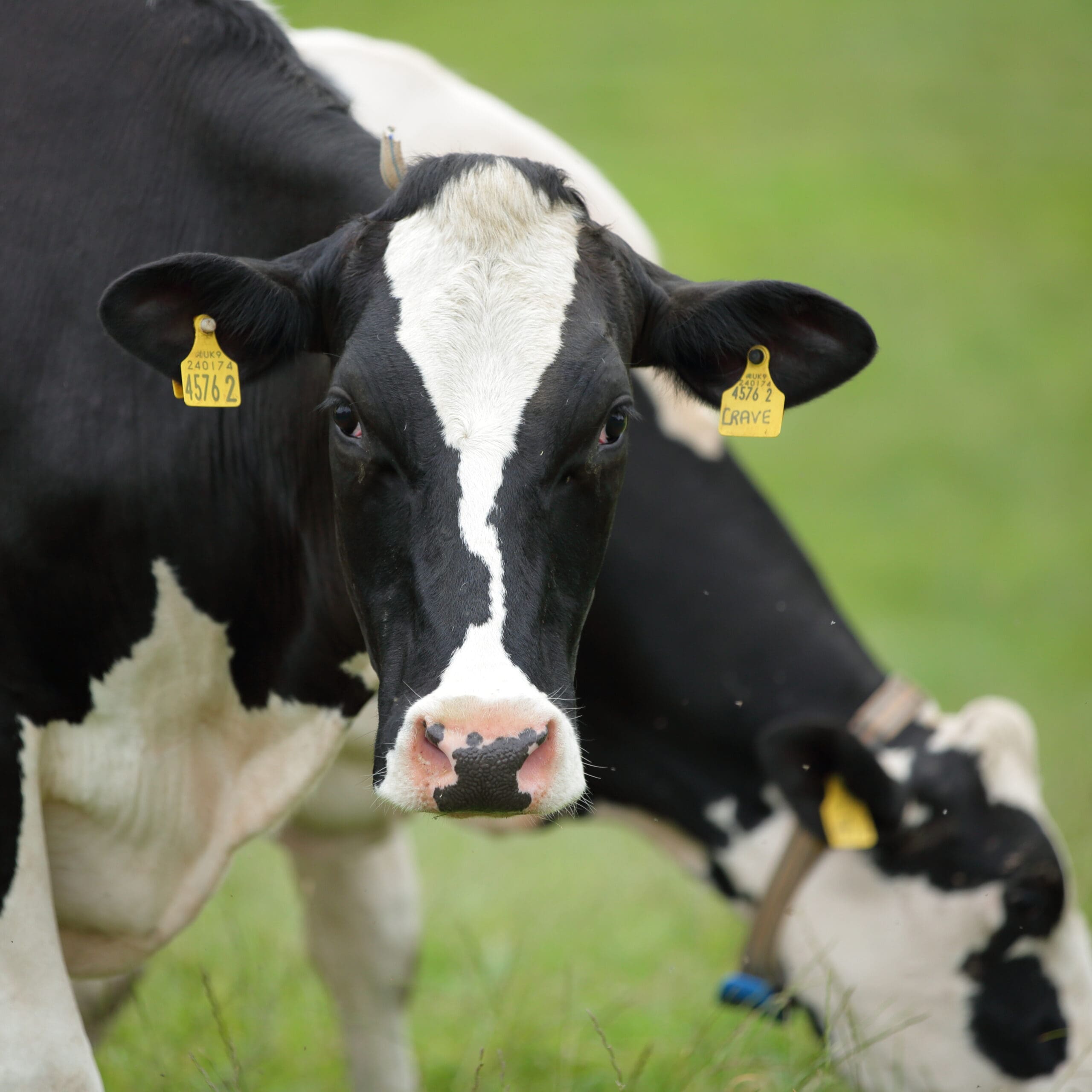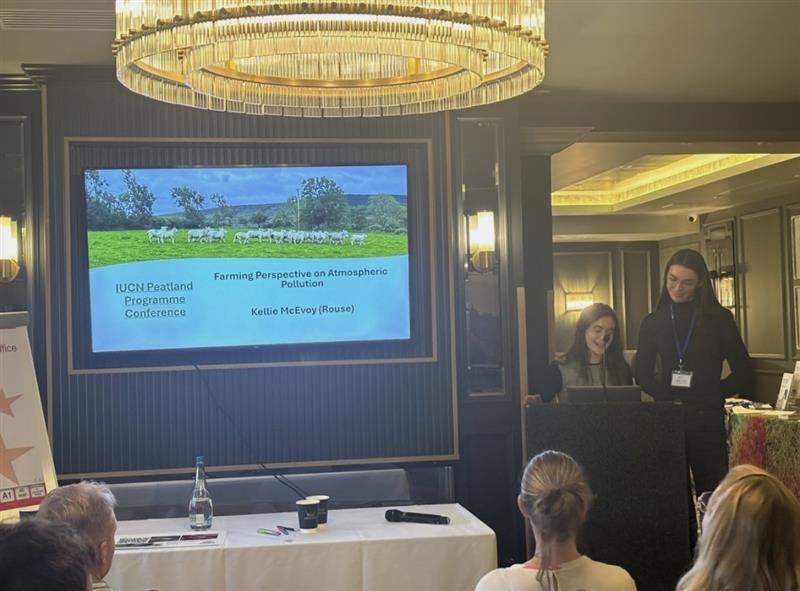
The 15th IUCN Peatland Programme Conference was held in Derry/Londonderry last week, attended by around 350 delegates both in person and online, the conference followed the theme Water connection: From Source to Sea”.
Within the opening remarks we heard reiterated the importance of peatlands in a global context covering 3.8% of land but storing twice as much carbon than all forest biomass combined, with degraded peatlands said to be emitting 1.9 gigatons of carbon dioxide equivalent annually, 5% of global anthropogenic greenhouse gas emissions.
The conference was attended by policy makers, scientists, peatland practitioners and land managers from across UK and Ireland. However notably throughout the three days of the conference the farming voice was the minority in the room. Policy representatives gave status updates on their respective peatland strategies, speakers reflected on the recent more stringent bans on burning shrub and grass on deep peat, not seen as a win by all, as controlled burns have been used by land managers and farmers as important management tools for generations to reduce wildfire risk and increase biodiversity.
Northern Ireland policy representatives discussed the recently published Peatland Strategy, promising a delivery plan by January next year to help implement the strategy’s target of 150,000ha of peatland restored by 2050. Although much of this is farmed and under private landownership – a key element missing from the conversation. Much of the debate focused on environmental outcomes, but little was said about the people who own and work the land. Farmers are often made to feel victimised—painted as the “bad guys” when it comes to peatlands. Yet not so long ago, government policy actively paid farmers to drain peatlands. Now they are being told to reverse those actions and commit to long-term land use changes, such as rewetting.
One particularly striking comment suggested farmers could simply be retrained into another profession to enable peatland restoration. A comment that felt deeply out of touch with the reality on the ground—not only in terms of farming livelihoods and culture, but also the wider challenge of global food security.
That said, welcome reflections were made by Dr. Jim McAdam’s on the importance of sustainable livestock grazing on peatlands, especially to reduce the risk of wildfire in the face of our changing climate. His reminder that “you must measure before you manage,” highlights the need for a targeted approach, establishing a robust baseline of data before carrying out restoration is vital—so that progress is monitored, not just assumed. Some debated the ambiguity surrounding what constitutes restoration, and how this differs across sites.
The conference included a workshop on wool and its use in peatland interventions, delegates discussed trails taking place across the UK and Ireland to use the “waste product” as a local alternative to coir, imported from Southeast Asia.
The consensus of the conference was that peatlands should be viewed as an asset, with an increase in funding streams further showing peatland restoration as a priority., Although for this to happen, farmers and landowners need to be included in this conversation and fair agri-environment schemes need to reflect the role that they have to play in managing these areas, for food production, environmental and social benefits.
